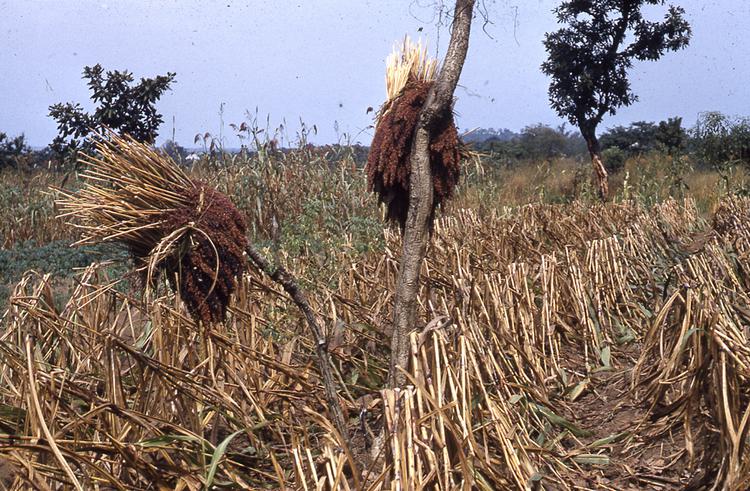
Community Commentary by Ajetunmobi within research project: 'Rethinking Relationships and Building Trust around African Collections' 2021
Guinea corn, popularly known as (oko/ ako baba) in Yoruba dialects depending on the variances, is largely grown in the Savanna regions and Yoruba towns of Oyo, Ogbomosho and Oke Ogun regions. Guinea corn or sorghum is an important cereal crop in the meal composition of the Oyo Yoruba. It is processed to make pap known as ‘ogi’. The cultivation of sorghum also received boost as it is an important part for the feed mill of livestock. In recent times, many feed mill companies have their official farm where they grow sorghum and other cereal needed for feed processing in Oyo, Oke-Ogun and Ogbomosho axis.
The picture taken by Stanfield Nancy shows a sorghum/ guinea corn farm in Oyo. The guinea corn has been harvested and the dried plant is what is left. Growing guinea corn in Oyo comes easy for many farmers. By the second month of the Gregorian calendar, most farmers would have cleared their land in preparation for planting. The farmers then wait for the first and second rain of the year after which they will start planting. Guinea corn requires moderate rainfall as too much water will affect it.
Beyond the consumption of guinea corn as a healthy meal by the people, it can also be brewed into local wine popularly known as ‘burukutu’.



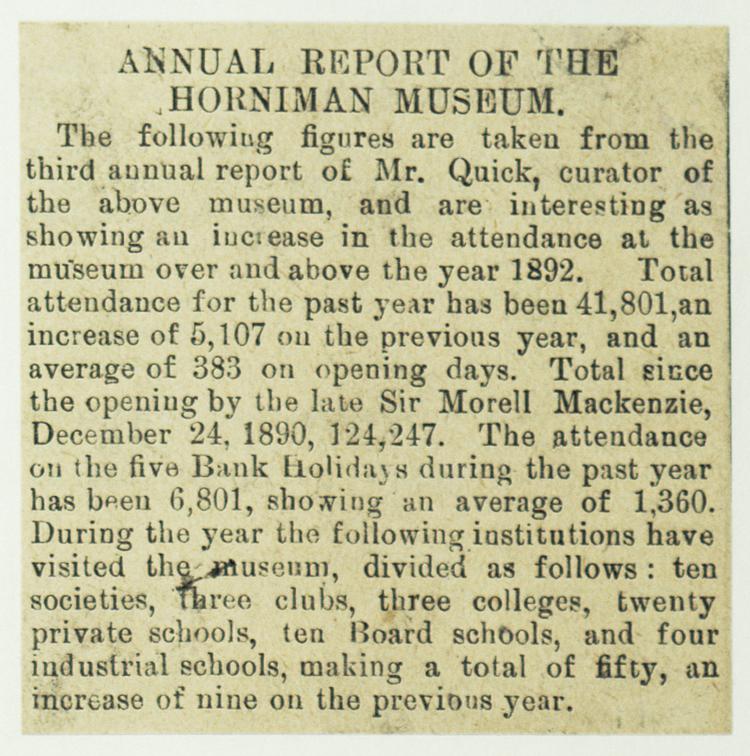
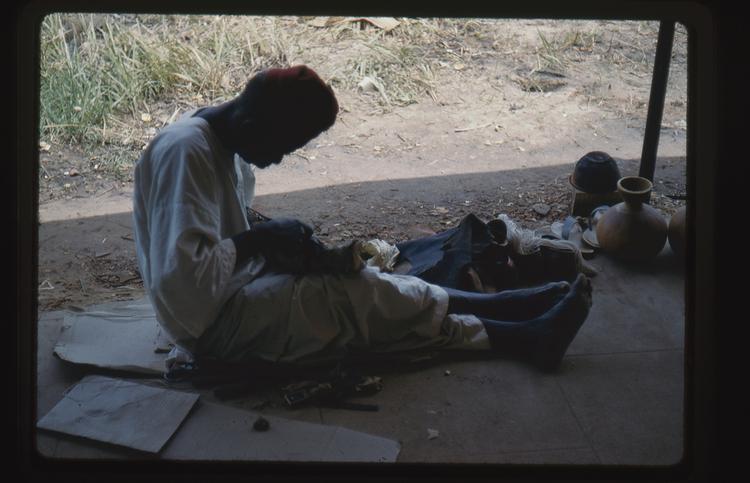
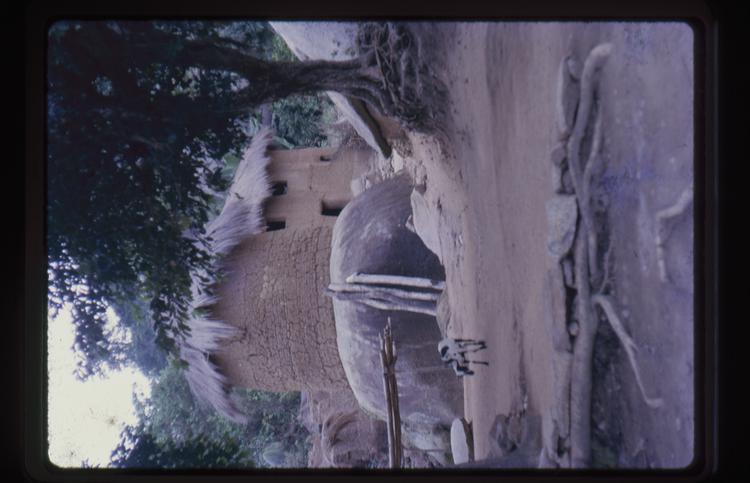
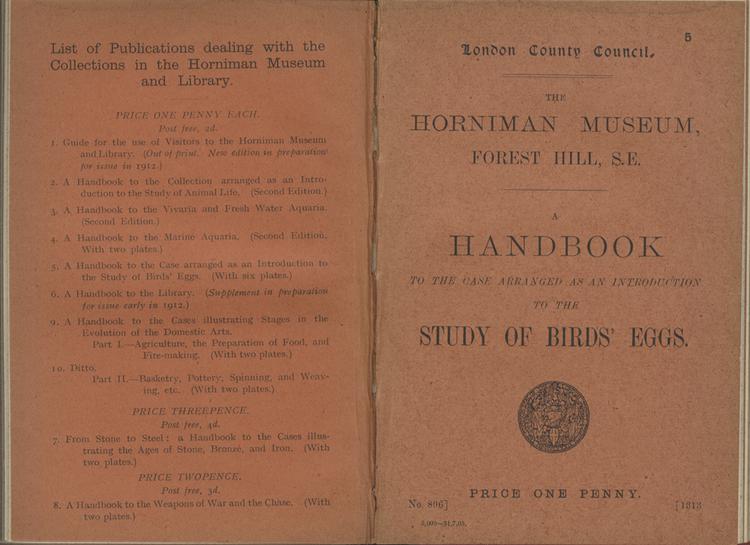
Community Commentary